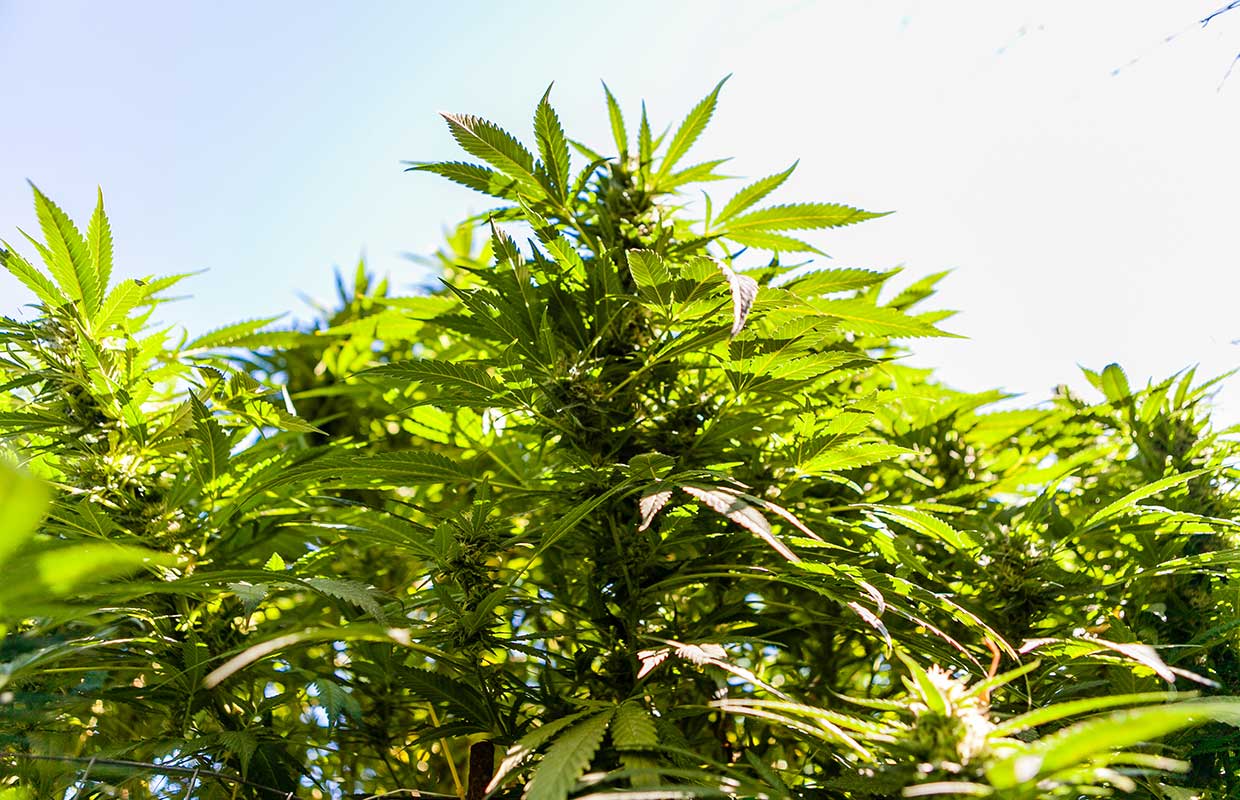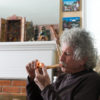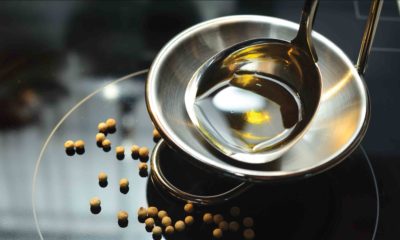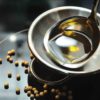
Cannabis
In the Beginning, There Was CBG
This formative cannabinoid has been credited with treating all kinds of ailments, but it might work best when paired with others.
The mainstreaming of medical marijuana and the accompanying green rush have prompted an industry-wide interest in extracting and isolating cannabinoids believed to have therapeutic potential.
Cannabidiol (CBD) is often erroneously considered the “medical” counterpart to buzz-inducing tetrahydrocannabidiol (THC), and the economic buzz around the newly publicized cannabinoid has the industry scrambling to identify other cannabinoids responsible for the medical benefits of the cannabis plant.
The search is on for “the next CBD,” and industry pioneers like GW Pharmaceuticals appear to have set their sights on cannabigerol (CBG), a much lesser-known cannabinoid, but one necessary for the production of the plant’s more famous ingredients: as the “stem cell” of cannabis, CBG is the first cannabinoid present in the plant and is converted into THC, CBD, and other cannabinoids by the time of harvest.
Most of the research into CBG has focused on its transitional properties as key to understanding the development of the cannabis plant, but its importance to the plant’s development has attracted a swell of interest in its own potential medical properties.
CBG has been linked to treatment of a long host of ailments — including glaucoma, cancer, Huntington’s Disease, pain and nausea — and the industry is talking about the compound’s potential. CBG has similar benefits to CBD, but acts on other neurotransmitters.
Research into CBG is still in its infancy, limited to pre-clinical trials and animal studies that offer more suggestions than conclusions.
Paul Armentano, deputy director of NORML, said clinical research in CBG is growing.
“Despite CBG being isolated in 1964, there are relatively few peer-reviewed assessments of its potential therapeutic properties,” he said. “That said, there appears to be a renewed interest among scientists regarding non-THC cannabinoids and their potential medical application, so my supposition is that we will begin to see greater emphasis on CBG and other non-euphoric inducing phytocannabinoids (cannabinoids which originate from plants).”
Researching the cannabis plant is a complicated undertaking due to prohibition’s chilling effect on funding, as well as the tendency for research to focus on extracted cannabinoids rather than their collective effect.
Just as nutritionists have touted the importance of whole-plant foods, cannabis researchers are pointing to an “entourage effect” that employs not just one or two, but a combination of several cannabinoids acting together on different receptors in the brain.
Author of “Smoke Signals: A Social History of Marijuana — Medical, Recreational and Scientific” and founder of Project CBD, Martin Lee, expects CBG to become an important cannabinoid in medical products, but stressed the importance of whole-plant medicines over isolated cannabinoids.
“Given the fact that cannabinoids in general have precious therapeutic properties, there is no reason to think it wouldn’t be the case for CBG, particularly because it is the formative cannabinoid,” he said. “It makes total sense that it would be pretty impressive to people that look at it.”
But Lee raised an important caveat.
“These tests are based on single molecule CBG and that’s different from the plant,” he said. “CBG would act as part of an entourage effect of the plant. If it looks good as a single molecule, imagine how it would be a part of CBG-rich plant.”
Originally published in Issue 26 of Cannabis Now. LEARN MORE
TELL US, have you tried CBG?


















